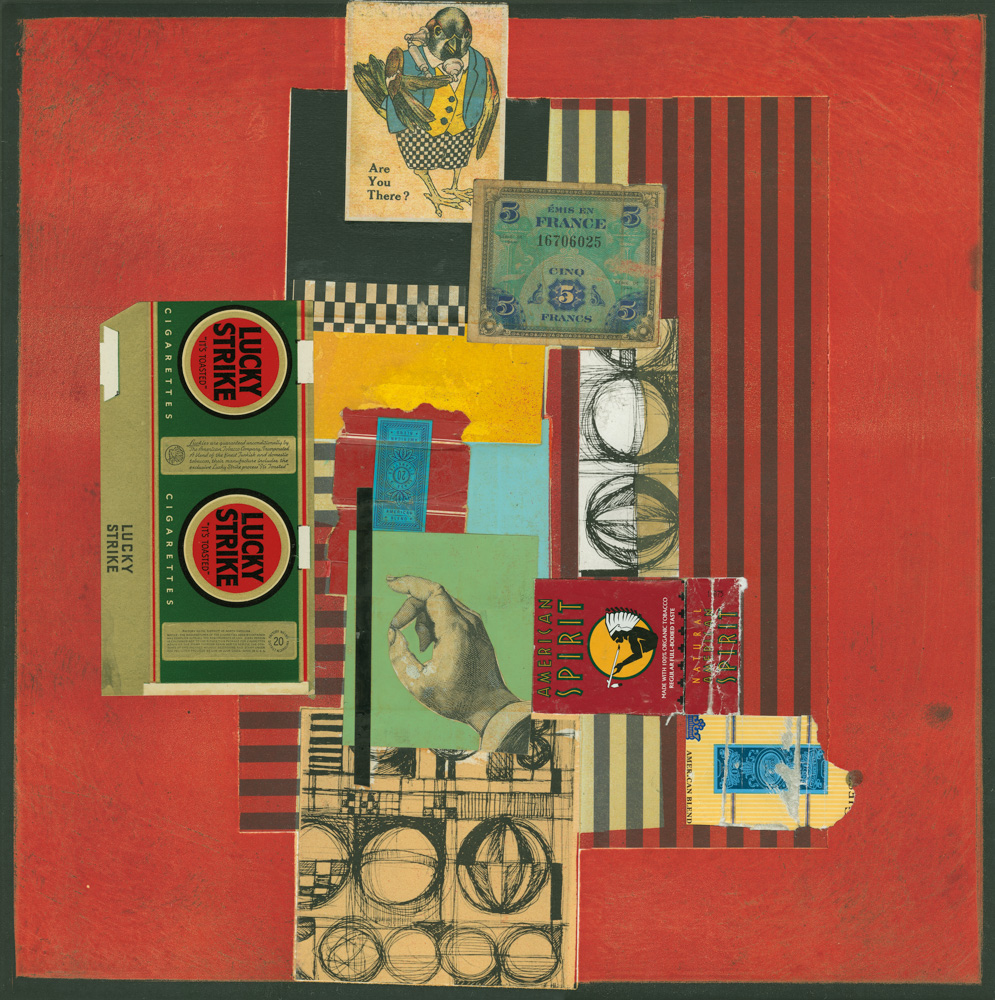Tony Askew at the Westmont Ridley-Tree Museum of Art
‘Looking Back/ Going Forward’ Celebrates Askew and his Influence

You don’t see many yellow cabs in Santa Barbara, but thanks to Looking Back/ Going Forward, the Westmont Ridley-Tree Museum’s current exhibition of the art of Tony Askew, there’s at least one place in town where you are guaranteed to catch one. Askew, a talented artist and celebrated teacher, collects toy yellow cabs in all shapes and sizes, from classic Checkers to one-off yellow Volkswagen Beetles. The presence of these miniature vehicles alongside his work implies something central to the man’s aesthetic. “I’m free,” they seem to say to the viewer’s imagination. “Where to?”
The answer offered by the more than 70 original artworks on display in this tour de force of a show would seem to be many places, from Montecito to Rome to Santa Fe. Askew stepped away from representational art early in his career, but he never lost his feeling for place. As a result, his mastery of technically challenging fine art techniques is frequently associated with specific places. For example, he developed his skill with watercolors, gouache, and graphite in Santa Barbara. His mesmerizing works in this idiom share a deep kinship with such diverse 20th century masters as Paul Klee, Richard Diebenkorn, and Gunther Gerzso, yet they retain an instantly recognizable signature style. Taken together, these paintings rank among the most significant and coherent bodies of work ever produced in our region, yet they are only one chapter in the artist’s career, and not even a complete one at that, as Askew continues to produce them today. “Picnic,” completed in 2016, displays a rare genius for composition nurtured over decades of deliberate practice and critical observation.
A profound student of the Italian Renaissance, Askew entered into a renaissance of his own through a creative epiphany that occurred in the late 1980s in Santa Fe, New Mexico. Already an adept printer, Askew discovered the monotype there, and it has been a mainstay of his practice ever since. Askew’s Santa Fe summers are so productive of these works that the current show features more than a dozen viscosity monotypes all produced within the last decade. Exhibition designer Chris Rupp’s clever use of angled mounts for these works turns the hallway leading to the main gallery space into a spectacular experience.
As if painting and printmaking were not enough, there are two other aspects to Askew’s work that would suffice for most artists as an entire career, and those are his oeuvres in assemblage and collage. Few artists anywhere have assimilated the influential visual languages of Joseph Cornell, Jasper Johns, and Robert Rauschenberg into something this fresh and original. Askew’s assemblages sing in the rousing tones of an American original; one can easily imagine the vivid color contrasts and rhythmic releases built into a work like “Lucky Strike” from 2013 as visual analogues to the song stylings of Ella Fitzgerald or Betty Carter. They occupy the territory where down-home pop culture meets sophisticated improvisation.
So, what location is it that inspires Askew’s boxes and collages? The answer is the great American roadside, and that’s where those shiny taxis come back in. Like his beloved yellow cabs, Askew’s collages revel in sharp contrasts and the street poetry of printed numbers and letters. Within shifting matrices of partial yardsticks, retro labels, and archaic fonts, islands of salvaged cursive manuscript float like taxi passengers bound for mysterious destinations. The show’s most memorable single work is a recent one, the giant grid of 42 square collages called “Keep a Watchful Eye” that the artist produced in 2018. It repays attention like a symphony, draws you in like a classic black-and-white movie, and takes you away like a romantic late-night taxi ride in the rain.



